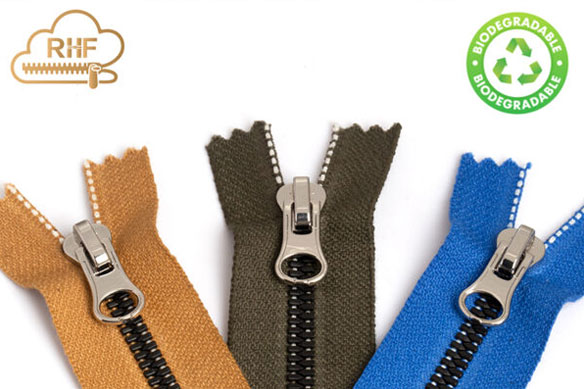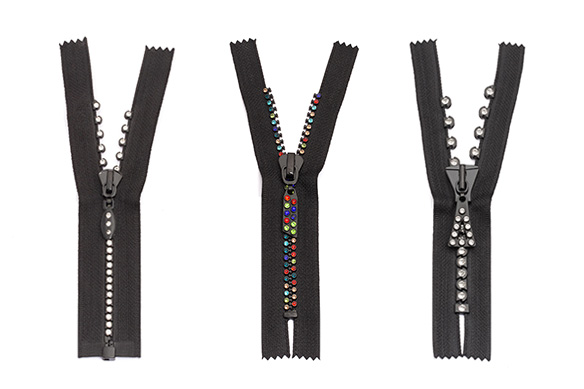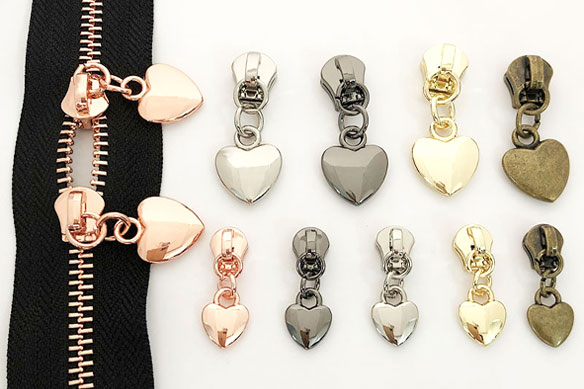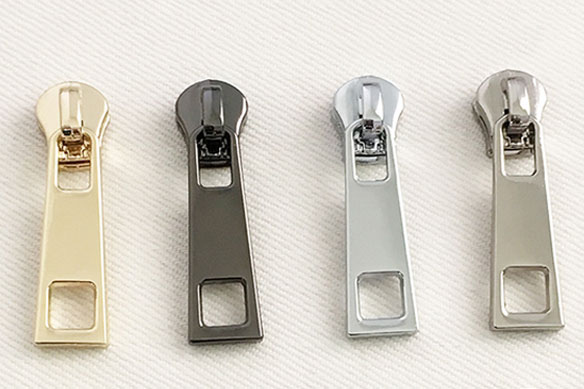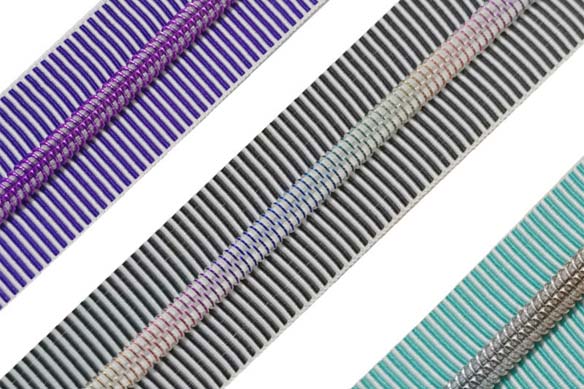As sustainability becomes a global priority, many industries are rethinking the environmental impact of their materials—including zippers. For manufacturers of apparel, bags, outdoor gear, and even luxury goods, choosing eco-friendly components has become more than a branding decision—it’s now a compliance necessity in many markets.
But what exactly qualifies a zipper as eco-friendly? Let’s explore two innovative solutions: RPET zippers made from recycled plastic, and PLA zippers, which are fully biodegradable.
What Defines an Eco-Friendly Zipper?
An eco-friendly zipper minimizes environmental harm across its entire lifecycle—from raw materials and production to disposal. Generally, such zippers fall under one or more of the following criteria:
- Use of Recycled Materials
- Biodegradability
- Low-impact Manufacturing
- Compliance with Environmental Standards (e.g., GRS, OEKO-TEX®, REACH)
Eco-conscious brands and B2B buyers increasingly demand these qualities to align with global regulations and sustainability goals. At RHF Zipper, we support these requirements by offering both recycled and biodegradable zipper options that meet international environmental standards.
Option 1: RPET Zippers – Made from 100% Recycled Bottles
RPET stands for Recycled Polyethylene Terephthalate, a material derived from used plastic bottles. Rather than ending up in landfills or oceans, these plastics are processed into textile-grade fibers and transformed into zipper tapes.
Why RPET Zippers Are Eco-Friendly:
- Certified Sustainability: RPET zippers from RHF Zipper can achieve 100% GRS (Global Recycled Standard) certification.
- Closed-Loop Recycling: Reduces plastic waste by giving materials a second life.
- Lower Carbon Footprint: RPET production consumes less energy compared to virgin polyester.
Application Scenarios:
- Outdoor brands looking to minimize plastic pollution
- Fashion companies targeting sustainable collections
- Bag manufacturers aiming to comply with eco-certifications
For more technical details, visit our RPET Zipper Product Page.

Option 2: PLA Zippers – 100% Biodegradable and Plant-Based
PLA (Polylactic Acid) is a material derived from renewable resources like corn starch or sugarcane. Zippers made with PLA are fully biodegradable, breaking down naturally under composting conditions without releasing toxic residues.
Key Eco-Benefits of PLA Zippers:
- Zero Waste End-of-Life: Completely decomposes into water and carbon dioxide.
- Petroleum-Free: Made from renewable biological sources, unlike traditional plastic zippers.
- Non-Toxic Breakdown: Leaves no microplastics or harmful residues behind.
Ideal for:
- Organic clothing lines and baby apparel
- Brands focused on biodegradable packaging
- Markets with strict compostability regulations
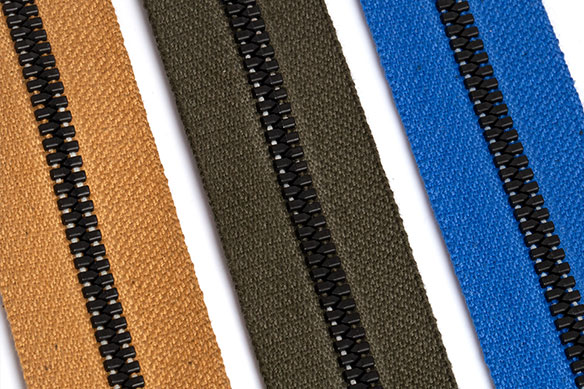
Environmental Certifications That Matter
For B2B buyers, especially in Europe and North America, compliance with environmental certifications is a critical requirement. Eco-friendly zippers must meet stringent standards to ensure they are not only “green” in theory but also legally exportable and safe.
At RHF Zipper, our eco-line—including both RPET and PLA products—can meet certifications such as:
- GRS – Global Recycled Standard
- OEKO-TEX® Standard 100 – Free from harmful substances
- REACH Compliance – Meets EU chemical safety requirements
Why Eco-Friendly Zippers Matter in the Supply Chain
Zippers might seem like a small component, but in high-volume manufacturing, their environmental footprint adds up fast. For instance, a single outdoor jacket may contain multiple zippers and fasteners. Scaling this across a seasonal product line can significantly influence your sustainability metrics.
In our experience working with global brands, we’ve seen that adopting eco-friendly zippers not only reduces environmental impact but also enhances product value and customer trust. Many clients have integrated these solutions as part of their ESG strategies or green product certifications.
Final Thoughts: Choosing Between RPET and PLA Zippers
Each eco-zipper type serves a different sustainability goal:
| Feature | RPET Zipper | PLA Zipper |
|---|---|---|
| Source Material | Recycled PET (plastic bottles) | Corn starch, sugarcane (biopolymer) |
| Environmental Benefit | Reduces plastic waste | Fully biodegradable |
| End-of-Life | Recyclable | Compostable |
| Best For | Apparel, bags, outdoor gear | Organic fashion, babywear, packaging |
| Certification | GRS Certified | OEKO-TEX®, REACH, compostability |
The best choice depends on your product’s lifecycle goals, customer expectations, and compliance needs. Whether you’re aiming to reduce plastic use or ensure full biodegradability, eco-zippers like RPET and PLA offer tangible steps toward sustainability.
Need Help Choosing the Right Eco Zipper?
If you’re working on a sustainable collection or simply want to reduce your supply chain’s environmental footprint, our team can help you evaluate which eco-zipper option is best for your application.
👉 Contact Us Here for technical support, material samples, or custom eco zipper development.

